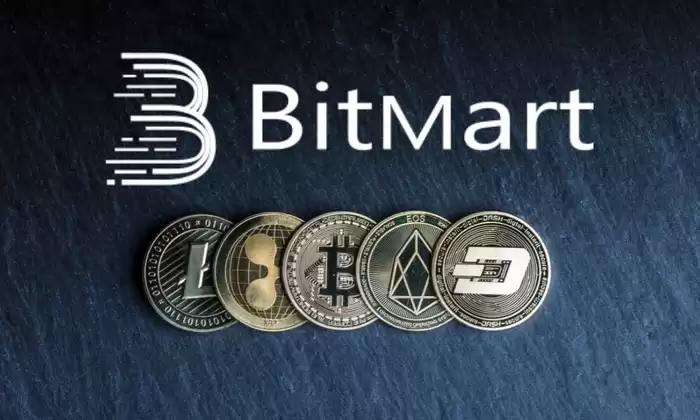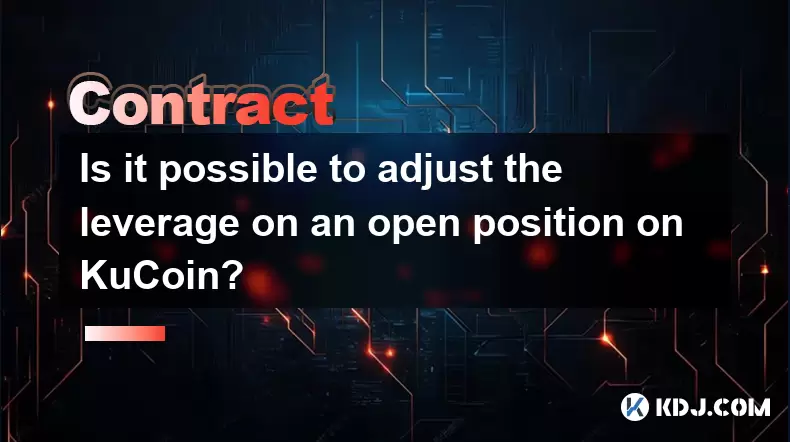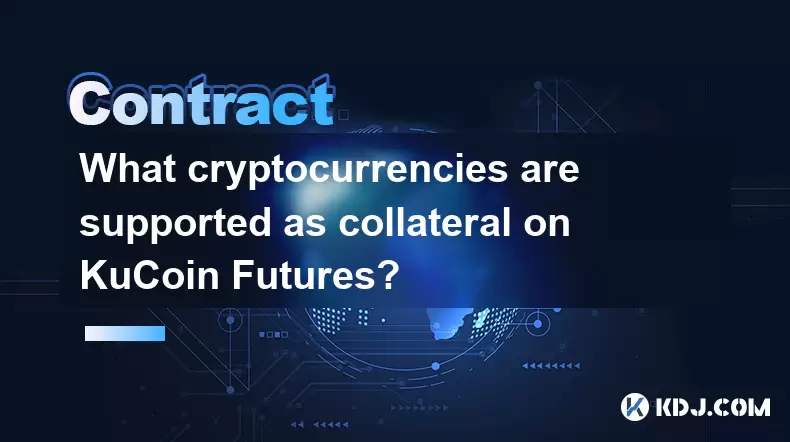-
 Bitcoin
Bitcoin $117600
0.25% -
 Ethereum
Ethereum $4424
0.10% -
 XRP
XRP $3.101
0.50% -
 Tether USDt
Tether USDt $1.001
-0.01% -
 BNB
BNB $836.2
1.26% -
 Solana
Solana $188.8
2.11% -
 USDC
USDC $1.000
0.01% -
 Dogecoin
Dogecoin $0.2301
0.57% -
 TRON
TRON $0.3485
-1.00% -
 Cardano
Cardano $0.9209
-1.34% -
 Hyperliquid
Hyperliquid $46.72
-1.19% -
 Chainlink
Chainlink $22.62
4.84% -
 Stellar
Stellar $0.4275
-0.38% -
 Sui
Sui $3.761
1.91% -
 Bitcoin Cash
Bitcoin Cash $586.7
-0.25% -
 Ethena USDe
Ethena USDe $1.001
0.01% -
 Hedera
Hedera $0.2510
2.06% -
 Avalanche
Avalanche $24.21
2.22% -
 Litecoin
Litecoin $119.7
1.07% -
 Toncoin
Toncoin $3.450
1.06% -
 UNUS SED LEO
UNUS SED LEO $9.411
-0.93% -
 Shiba Inu
Shiba Inu $0.00001298
1.20% -
 Uniswap
Uniswap $10.98
3.25% -
 Polkadot
Polkadot $3.961
2.16% -
 Dai
Dai $1.000
0.00% -
 Bitget Token
Bitget Token $4.642
0.95% -
 Cronos
Cronos $0.1514
0.57% -
 Ethena
Ethena $0.7290
3.78% -
 Monero
Monero $254.1
7.69% -
 Pepe
Pepe $0.00001102
2.47%
What does BitMart contract delivery mean?
BitMart Contract Delivery enables crypto traders to speculate on future cryptocurrency prices and gain from price fluctuations using futures contracts.
Dec 01, 2024 at 05:50 pm

What is BitMart Contract Delivery?
BitMart Contract Delivery is a service that allows users to trade cryptocurrencies using futures contracts. Futures contracts are agreements to buy or sell a certain amount of a cryptocurrency at a predetermined price on a future date. This allows traders to speculate on the future price of a cryptocurrency and potentially profit from price movements.
How does BitMart Contract Delivery work?
To trade on BitMart Contract Delivery, users first need to create an account and deposit funds. Once they have done this, they can choose which cryptocurrency they want to trade and select the contract they want to use. Contracts are available with different expiration dates and leverage ratios.
Once a user has selected a contract, they can place an order to buy or sell. Orders can be placed at the market price or at a limit price. If an order is placed at the market price, it will be executed immediately at the best available price. If an order is placed at a limit price, it will only be executed if the price of the cryptocurrency reaches the specified limit.
When a user places an order, they will be charged a trading fee. The trading fee is a percentage of the order value and is used to cover the costs of operating the BitMart Contract Delivery service.
What are the benefits of using BitMart Contract Delivery?
There are several benefits to using BitMart Contract Delivery, including:
- Leverage: BitMart Contract Delivery allows users to trade with leverage, which means they can control a larger amount of cryptocurrency than they actually own. This can amplify profits, but it also increases the risk of losses.
- Short selling: BitMart Contract Delivery allows users to short sell cryptocurrencies, which means they can profit from a decline in the price of a cryptocurrency. This is not possible with traditional spot trading.
- 24/7 trading: BitMart Contract Delivery is available 24 hours a day, 7 days a week, which allows users to trade at any time they want.
- Low fees: BitMart Contract Delivery has low trading fees, which makes it a cost-effective way to trade cryptocurrencies.
What are the risks of using BitMart Contract Delivery?
There are also some risks associated with using BitMart Contract Delivery, including:
- Volatility: The cryptocurrency market is volatile, which means that the price of a cryptocurrency can fluctuate rapidly. This can lead to large losses if a trader is not careful.
- Leverage: Leverage can amplify profits, but it also increases the risk of losses. Traders should only use leverage if they are experienced and understand the risks involved.
- Liquidation: If the price of a cryptocurrency moves against a trader's position, they may be liquidated, which means they will lose all of their funds.
How to use BitMart Contract Delivery
To use BitMart Contract Delivery, follow these steps:
- Create an account. Visit the BitMart website and create an account.
- Deposit funds. Once you have created an account, you will need to deposit funds into your account. You can do this by transferring cryptocurrency from another wallet or by purchasing cryptocurrency with a credit card.
- Choose a cryptocurrency and contract. Once you have deposited funds, you can choose which cryptocurrency you want to trade and select the contract you want to use. Contracts are available with different expiration dates and leverage ratios.
- Place an order. Once you have selected a contract, you can place an order to buy or sell. Orders can be placed at the market price or at a limit price.
- Manage your position. Once you have placed an order, you can monitor your position and make adjustments as needed. You can also close your position at any time by placing an opposite order.
Conclusion
BitMart Contract Delivery is a powerful tool that can be used to trade cryptocurrencies with leverage. However, it is important to understand the risks involved before using this service. Traders should only use leverage if they are experienced and understand the risks involved.
Disclaimer:info@kdj.com
The information provided is not trading advice. kdj.com does not assume any responsibility for any investments made based on the information provided in this article. Cryptocurrencies are highly volatile and it is highly recommended that you invest with caution after thorough research!
If you believe that the content used on this website infringes your copyright, please contact us immediately (info@kdj.com) and we will delete it promptly.
- Kazakhstan's Crypto Leap: Bitcoin ETF and Central Asia's Digital Finance Future
- 2025-08-13 12:45:19
- BlockDAG Presale Blazes Past $371M: Fundraising Frenzy Fuels Crypto Sensation
- 2025-08-13 13:05:21
- Meme Coins: Chasing the 2025 Surge – Which Will Moonshot?
- 2025-08-13 10:25:23
- Bitcoin's Wild Ride: Rally, Pullback, and What's Next
- 2025-08-13 10:25:23
- Bitcoin, Bitmax, and Institutional Demand: A New Era of Crypto Investment
- 2025-08-13 10:45:12
- Solana, ROAM, and Airdrops: What's the Buzz in 2025?
- 2025-08-13 11:35:13
Related knowledge

Is it possible to adjust the leverage on an open position on KuCoin?
Aug 09,2025 at 08:21pm
Understanding Leverage in KuCoin Futures TradingLeverage in KuCoin Futures allows traders to amplify their exposure to price movements by borrowing fu...

What cryptocurrencies are supported as collateral on KuCoin Futures?
Aug 11,2025 at 04:21am
Overview of KuCoin Futures and Collateral MechanismKuCoin Futures is a derivatives trading platform that allows users to trade perpetual and delivery ...

What is the difference between realized and unrealized PNL on KuCoin?
Aug 09,2025 at 01:49am
Understanding Realized and Unrealized PNL on KuCoinWhen trading on KuCoin, especially in futures and perpetual contracts, understanding the distinctio...

What different order types are available to use on KuCoin Futures?
Aug 13,2025 at 11:35am
Understanding Order Types on KuCoin FuturesKuCoin Futures offers a comprehensive range of order types to accommodate different trading strategies and ...

How does KuCoin Futures compare against Binance Futures in terms of features?
Aug 09,2025 at 03:22am
Trading Interface and User ExperienceThe trading interface is a critical component when comparing KuCoin Futures and Binance Futures, as it directly i...

How can I manage risk when applying high leverage on KuCoin?
Aug 13,2025 at 11:35am
Understanding High Leverage and Its Implications on KuCoinHigh leverage in cryptocurrency trading allows users to control larger positions with a rela...

Is it possible to adjust the leverage on an open position on KuCoin?
Aug 09,2025 at 08:21pm
Understanding Leverage in KuCoin Futures TradingLeverage in KuCoin Futures allows traders to amplify their exposure to price movements by borrowing fu...

What cryptocurrencies are supported as collateral on KuCoin Futures?
Aug 11,2025 at 04:21am
Overview of KuCoin Futures and Collateral MechanismKuCoin Futures is a derivatives trading platform that allows users to trade perpetual and delivery ...

What is the difference between realized and unrealized PNL on KuCoin?
Aug 09,2025 at 01:49am
Understanding Realized and Unrealized PNL on KuCoinWhen trading on KuCoin, especially in futures and perpetual contracts, understanding the distinctio...

What different order types are available to use on KuCoin Futures?
Aug 13,2025 at 11:35am
Understanding Order Types on KuCoin FuturesKuCoin Futures offers a comprehensive range of order types to accommodate different trading strategies and ...

How does KuCoin Futures compare against Binance Futures in terms of features?
Aug 09,2025 at 03:22am
Trading Interface and User ExperienceThe trading interface is a critical component when comparing KuCoin Futures and Binance Futures, as it directly i...

How can I manage risk when applying high leverage on KuCoin?
Aug 13,2025 at 11:35am
Understanding High Leverage and Its Implications on KuCoinHigh leverage in cryptocurrency trading allows users to control larger positions with a rela...
See all articles

























































































